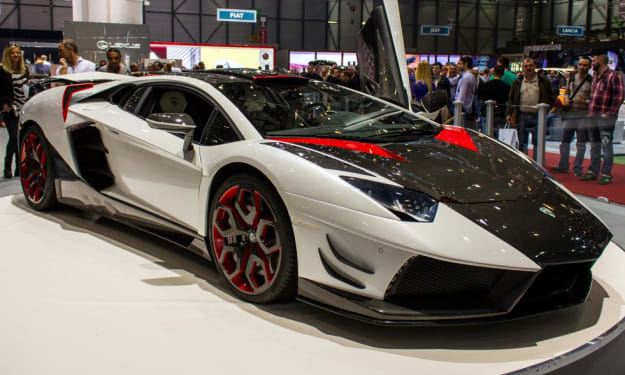Trucks Versus Tanks
Dodge David versus Armored Goliath

Trucks against tanks?
A truck against a tank seems ludicrous. A truck is just a truck. Tanks are machines of war.
Trucks, like tanks, were also sent to the World War II battlefields. Presumably, most were sent for transport, but some were set aside. These were converted into portee mounts. Portee is not a slang word. The term comes from the practice of clapping antitank guns on a truck bed. Portee mounts appeared in World War One as antiaircraft or antitank guns. The Americans copied this British idea from the North African battles. 37mm antitank guns appeared on Dodge WC55 pickup trucks. They became officially known as the M6 Gun Motor Carriage. But why would someone want to do this?
Sometimes It’s Urgent
In war, time is of the essence. Tanks are complicated vehicles that require time to develop and build. Years go into that production and research cycle. Wars or conflicts happen faster than most governments realize. Suddenly war is happening, and there’s simply not enough tanks to be had! The best urgent example is from the Wehrmacht ejecting the Royal Army from France in 1940. Most British tanks were destroyed or left on the Dunkirk beaches. Suddenly the need for tanks was more than urgent! What’s the quickest solution? Put an antitank gun on a truck.
They’re Cheap
Slapping an antitank gun on a truck is quick and dirty. Why? Likely there are more trucks and guns than tanks. Also, nations like the U.S. and Britain have existing factories to produce trucks. Producing a tank costs tens of thousands. A completed M10 tank destroyer was $47,000; a complete M6 Gun Carriage was $4,295. The M6 or civilian Dodge WC55 was a civilian truck, so parts were readily available, keeping costs down further.
The Tactics and Limitations
The tank destroyer doctrine was simple: scoot and shoot. The Gun Carriages deployed themselves defensively or raced ahead of the enemy. The enemy tanks appear, blast away and then bug out for the next spot. Trucks with guns are a lot faster than most tanks!
But oh, the glaring limitations. Tanks possess what no truck has: armor and bigger guns. Surrounded by steel, crews were almost immune unless hit directly. The portee trucks were open, so the guns had a 360-degree arc of fire. Brave crews were necessary for this. It’s asking a lot of soldiers to face down a tank determined to kill you.
Who and Where
Portee trucks were used first by the British and Australians, especially during the North African campaign of 1940 – 1943. Mobility is critical in desert warfare, and the truck’s 4x4 capability helped. The portee mounts were used by the armored divisions. The usual gun was the capable two-pounder, their most common antitank gun. The portee mounts were issued to armored divisions
In 1941, the Yanks realized producing an armored tank destroyer required some time. The Yanks needed a quick fix. The British stuck guns on trucks, so we can do it too. The American Army used portee mounts during the Algerian and Tunisian battles. The portee trucks were also used in the Pacific until 1944. By 1945 they were declared obsolete, and most converted back to haulers.
The Germans seldom used portee mounts in the antitank role. Most trucks carried a 20mm cannon at most. They were used to punch up ground targets or in the antiaircraft role. The German military was the ultimate recycler. Old or captured tanks were cobbled together to create antitank guns.
Time is Past
Making Dodge David duke out a fight with Armored Goliath was a stopgap measure. Not because of price but time. Converting a popular truck into a weapon was fast; factories and parts already existed. It bought time or plugged holes. That aside, many crews thought, “Oh nuts,” when angry tanks were firing back in the thick of battle. Not just shells but shrapnel, artillery strikes, and stray bullets were a constant concern. The Americans retired portee mountings right after North Africa as better vehicles arrived. Most of the trucks went back to being trucks.
About the Creator
Matt Whittaker
Runner and writer, history nut, read about anything that tickles my grey matter. A feller writes about whatever comes to mind!





Comments
There are no comments for this story
Be the first to respond and start the conversation.